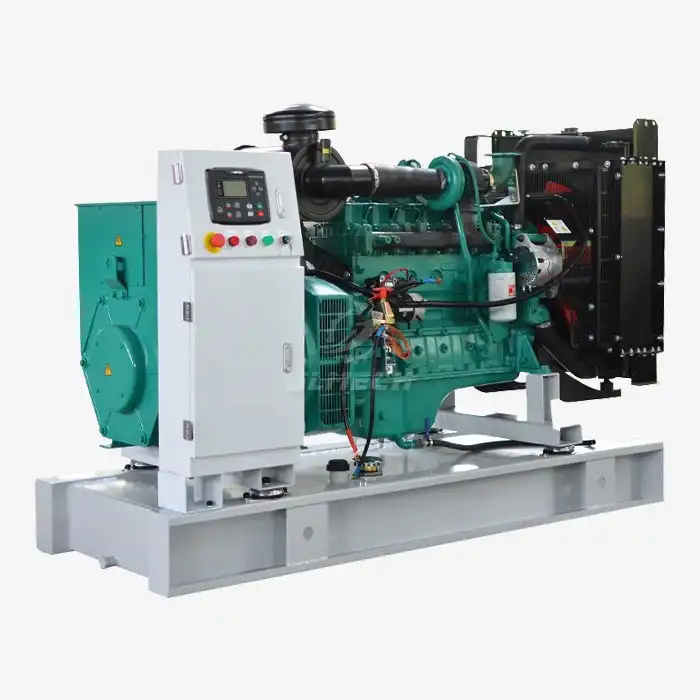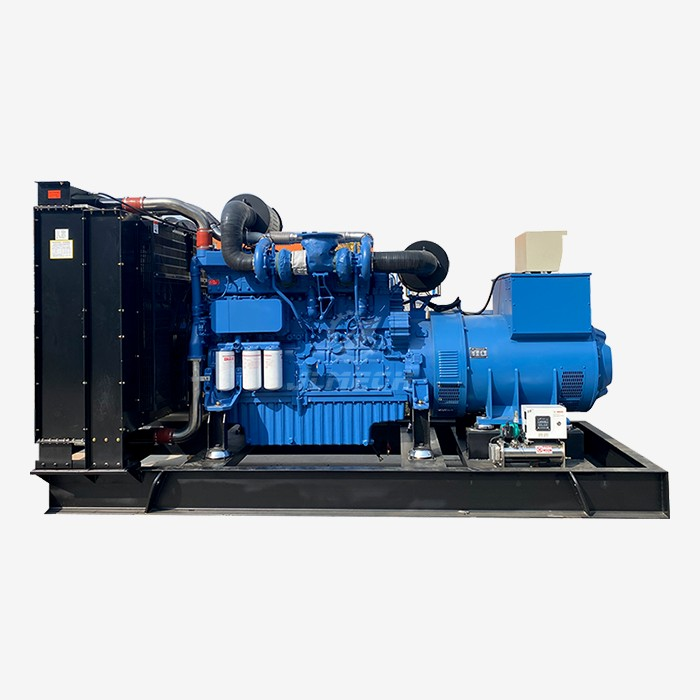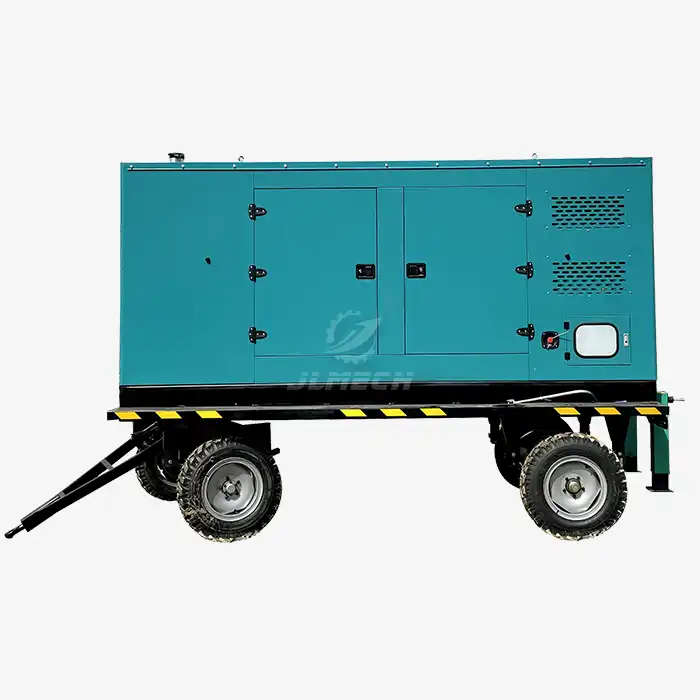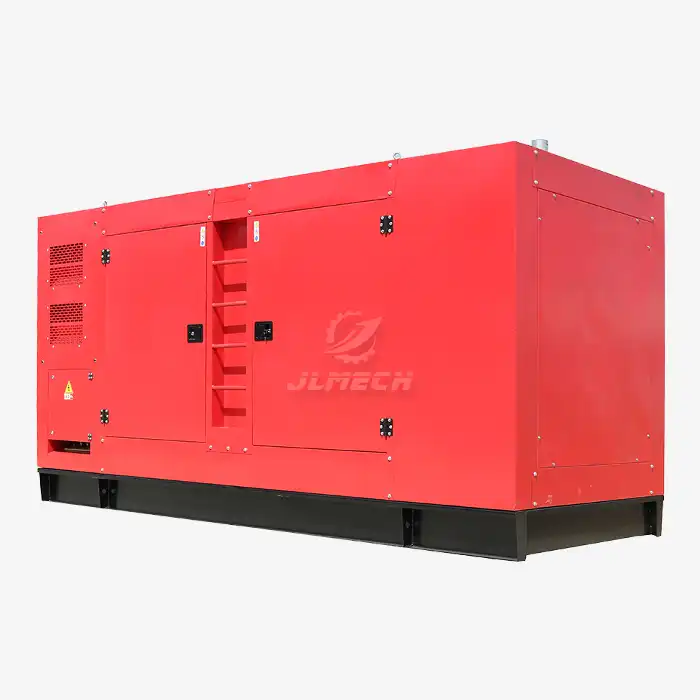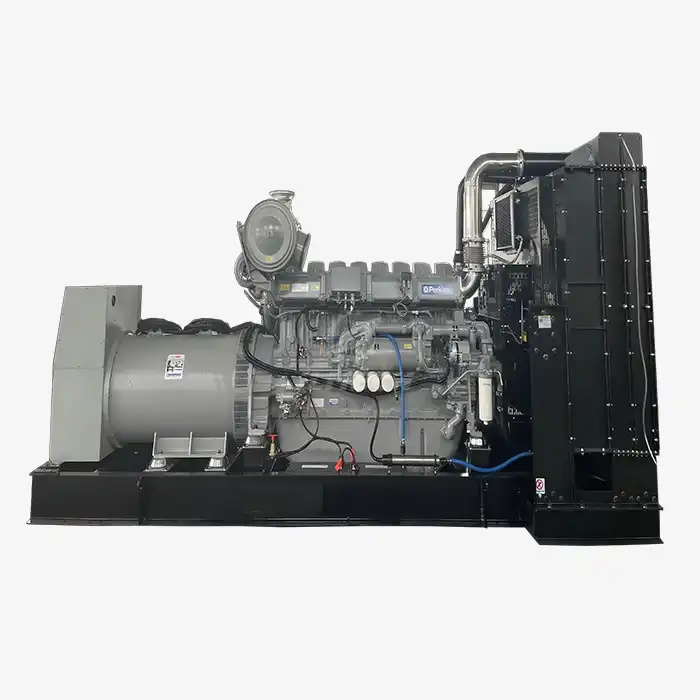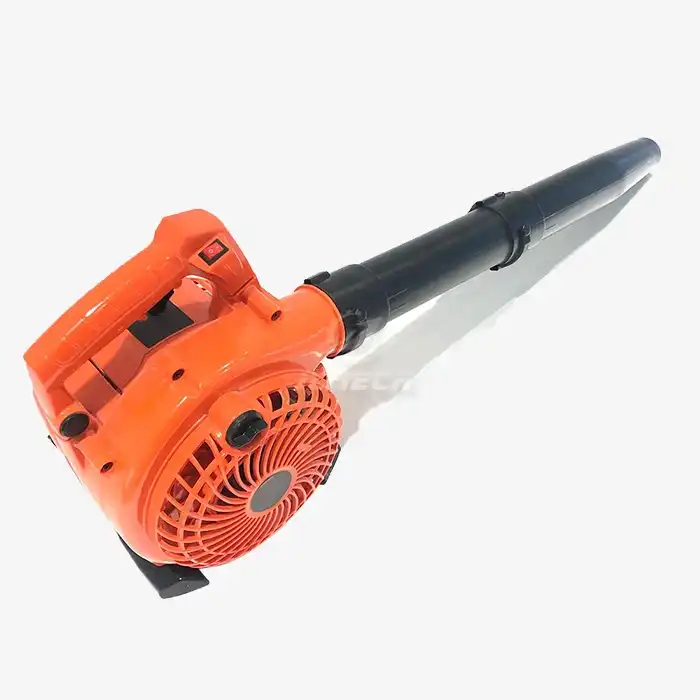Diesel Crankshaft Parts: Precision vs Durability?
In the world of diesel power generation, the crankshaft stands as the literal heart of your operation—converting linear piston motion into the rotational force that powers your equipment. When it comes to Diesel crankshaft parts, operators often face what appears to be a fundamental trade-off: the pursuit of ultra-precise engineering against the need for uncompromising durability. However, the reality is more nuanced. True excellence in crankshaft manufacturing doesn't choose between these attributes but rather integrates them through advanced engineering and material science. Understanding this balance is crucial for maximizing your generator's performance, longevity, and return on investment.
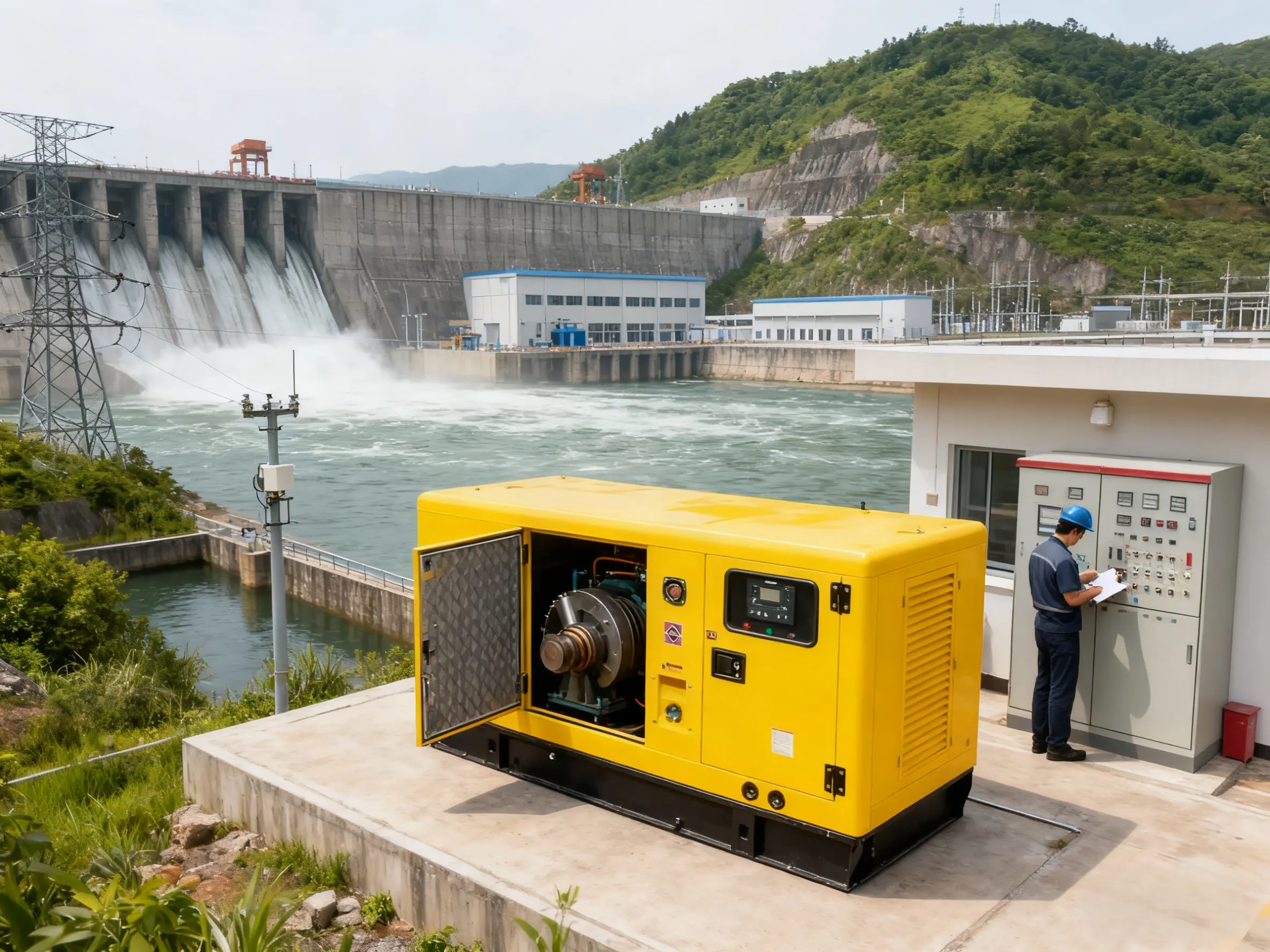
The Precision Imperative
Precision manufacturing in Diesel crankshaft parts isn't about achieving perfection for its own sake—it's about delivering specific performance benefits that directly impact your generator's operation.
- Vibration Reduction: Precisely balanced crankshafts minimize destructive vibrations that can damage bearings, loosen components, and cause premature failure throughout the power train.
- Optimal Oil Film Maintenance: Microscopically smooth journal surfaces maintain consistent oil films, preventing metal-to-metal contact and ensuring reliable lubrication under extreme pressures.
- Dimensional Accuracy: Tight tolerances in journal diameters, fillet radii, and counterweight positioning ensure proper piston alignment and connecting rod geometry.
- Performance Consistency: Precision-ground surfaces and balanced counterweights enable smoother operation at variable loads and speeds.
The Durability Mandate
Durability represents the crankshaft's ability to withstand the tremendous forces and harsh operating conditions inherent to diesel operation.
- Fatigue Resistance: Diesel crankshafts must endure millions of stress cycles throughout their service life without developing cracks in high-stress areas like fillets and oil holes.
- Wear Resistance: Bearing journals must maintain their surface integrity and dimensional stability despite continuous friction and pressure.
- Impact Toughness: The crankshaft must withstand sudden load changes, potential hydraulic lock scenarios, and other shock events without permanent deformation.
- Corrosion Protection: Protection against acidic byproducts of combustion and moisture condensation that can attack critical surfaces.
Material Selection
The foundation of both precision and durability begins with material selection, where different approaches offer distinct advantages.
Forged Steel:
Superior grain structure following the crankshaft contours
Excellent impact resistance and fatigue strength
Higher cost but greater durability for heavy-duty applications
Cast Iron:
Good vibration damping characteristics
Complex geometries possible with lower tooling costs
Sufficient strength for many industrial applications
Billet Steel:
Homogeneous material structure with consistent properties
No internal defects common in casting processes
Highest strength-to-weight ratio but at premium cost
Manufacturing Processes
Advanced manufacturing technologies have transformed how precision and durability are achieved in Diesel crankshaft parts.
Machining Technologies:
CNC turning and milling establish basic geometry
Precision grinding achieves final dimensions and surface finish
Specialized processes like fillet rolling induce compressive stresses
Heat Treatment:
Induction hardening creates hard, wear-resistant surfaces
Through-hardening provides uniform material properties
Tempering relieves internal stresses from machining
Surface Enhancement:
Nitriding creates extremely hard, wear-resistant surfaces
Shot peening improves fatigue life by creating compressive stresses
Critical Design Elements
Certain design features significantly influence the precision-durability balance in crankshaft performance.
- Fillet Radii: Optimized radii at journal transitions dramatically improve fatigue life by reducing stress concentration.
- Oil Hole Design: Chamfered and polished oil holes prevent crack initiation points and ensure reliable lubrication.
- Counterweight Optimization: Precisely calculated counterweights balance inertial forces without adding unnecessary mass.
- Surface Finish: Specified roughness values (Ra, Rz) ensure proper oil retention while minimizing friction losses.
Performance Testing
Rigorous testing validates whether Diesel crankshaft parts meet both precision and durability requirements.
- Dimensional Verification: Coordinate measuring machines (CMM) verify critical geometries
- Surface Integrity: Profilometers measure surface finish; hardness testers verify treatment effectiveness
- Structural Testing: Fatigue testing under simulated operating conditions
- Non-Destructive Examination: Magnetic particle and ultrasonic inspection detect subsurface flaws
Application-Specific Solutions
Different operating environments demand different balances between precision and durability attributes.
Standby Generators:
Emphasis on durability for infrequent but potentially high-load operation
Corrosion protection for extended idle periods
Prime Power Applications:
Optimized for continuous operation with balanced precision and durability
Superior wear resistance for extended service intervals
High-Speed Applications:
Precision balancing takes priority to minimize vibration at elevated RPMs
Lightweight designs with optimized strength characteristics
Conclusion
The perceived conflict between precision and durability in Diesel crankshaft parts represents a false dichotomy. Through advanced manufacturing techniques, sophisticated material science, and rigorous quality control, modern crankshaft manufacturers deliver components that excel in both dimensions simultaneously. The optimal crankshaft solution integrates micrometer-level precision in critical areas with robust durability throughout the component, ensuring reliable performance across the generator's entire service life. Rather than choosing between precision and durability, focus on suppliers who demonstrate expertise in harmonizing these essential attributes for your specific application requirements.
Our engineering team specializes in matching crankshaft specifications to your operational demands. For technical guidance on optimizing your generator's core components, contact us at skala@whjlmech.com.
References
- International Organization for Standardization. (2018). *ISO 8528-1: Reciprocating internal combustion engine driven generating sets*.
- Society of Automotive Engineers. (2021). SAE J2443: Measurement of Crankshaft Bearing Wear.
- American Society for Testing and Materials. (2020). ASTM A536: Standard Specification for Ductile Iron Castings.
- Johnson, M. (2022). Emergency Power Systems: A Comprehensive Guide to High-Speed Diesel Generators. Power Engineering Quarterly, 45(3), 78-92.



